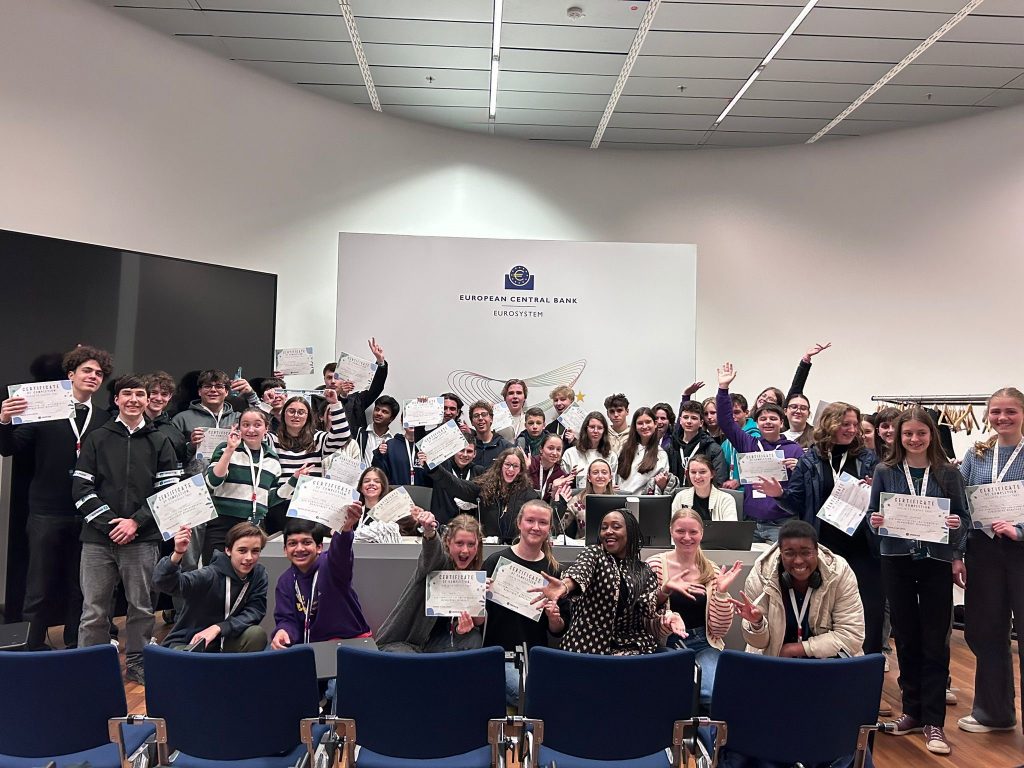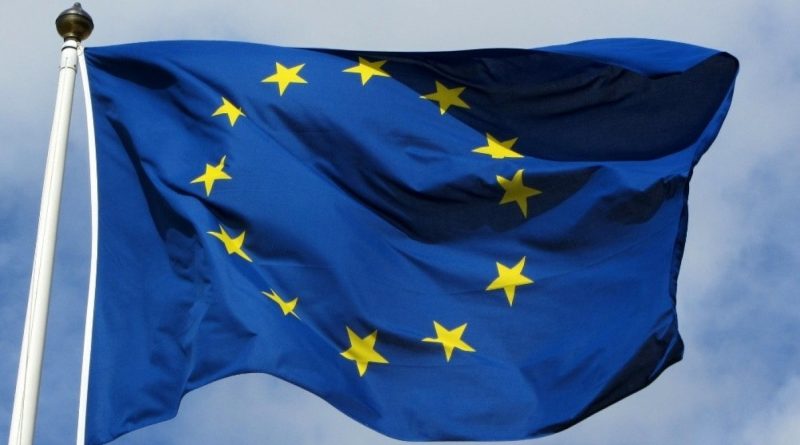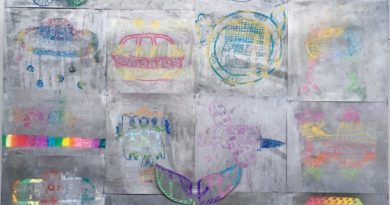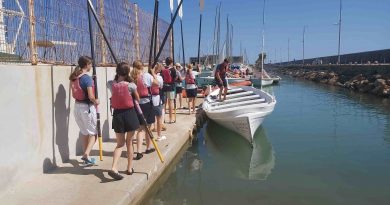ESSS: How science unites Europe
ESSS, abbreviation for European Schools Science Symposium, takes place every year. Students from S1 to S7 from European schools all over Europe come together to bring their projects into the spotlight and compete with each other.
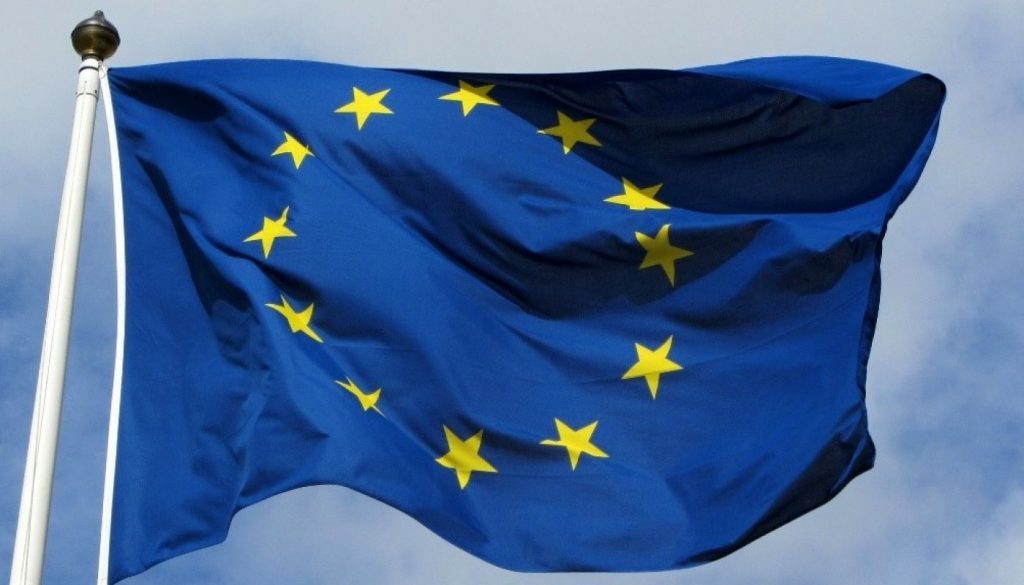
This year the European Schools Science Symposium was held in a European school called RheinMain in Germany near Frankfurt. From our school 4 projects (7 students in total) were selected to participate:
1. « Like two drops of water » (S6PLA)
2. « La radiation, guérisseuse de cancer? » (S4FRB)
3. « How actually clean are everyday objects? » (S4PLA)
4. « Food wastage in Brussels » (S2ENB)
Selection
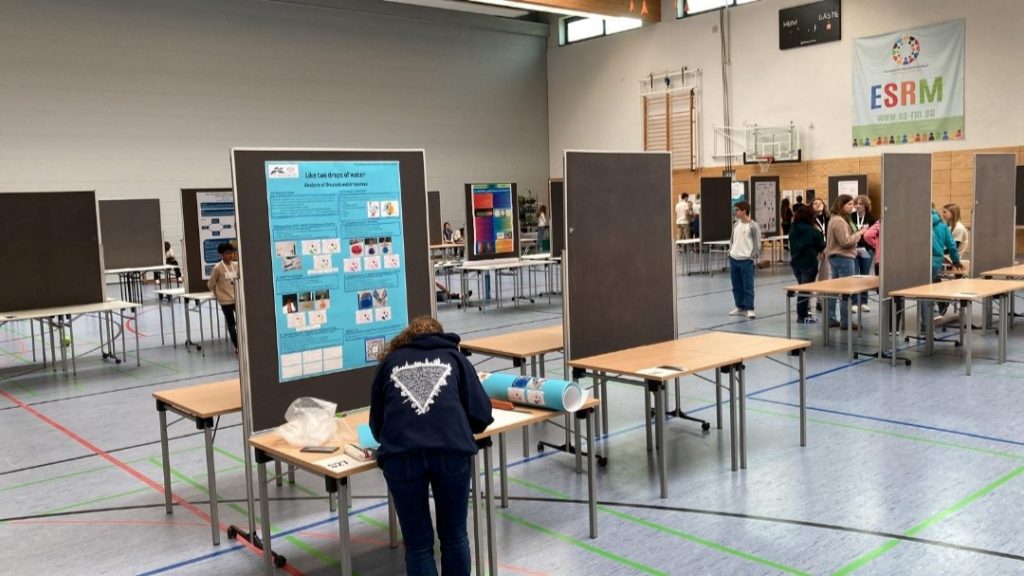
As the first step, the chosen students had to participate in the Science Festival, an event organised in our school for 16 years. It’s directed by Ms Csonka since 2018, and thanks to her it was made possible to go to ESSS. This year a new record has been set – 88 students submitted their projects, many working in groups of 2 or 3. With hard work and the help of their teachers and friends, projects were ready and presented in front of teachers who took the role of juries in January. After presenting a few projects won awards for the best projects in the Science Festival. However, projects that go to ESSS don’t necessarily have to win these awards! They must fulfil two conditions:
• Contain data taken by the students. This could be in a form of a pole that asks questions and its answers, or results of an experiment conducted by the students.
• Have the potential to win in the ESSS event.
After projects being selected by teachers to go to ESSS, students must write a report of their work to send to juries in ESSS and create a poster of their projects. Some of the copies are hanging in the science building (Da Vinci) and you can see them in some classrooms and corridors.
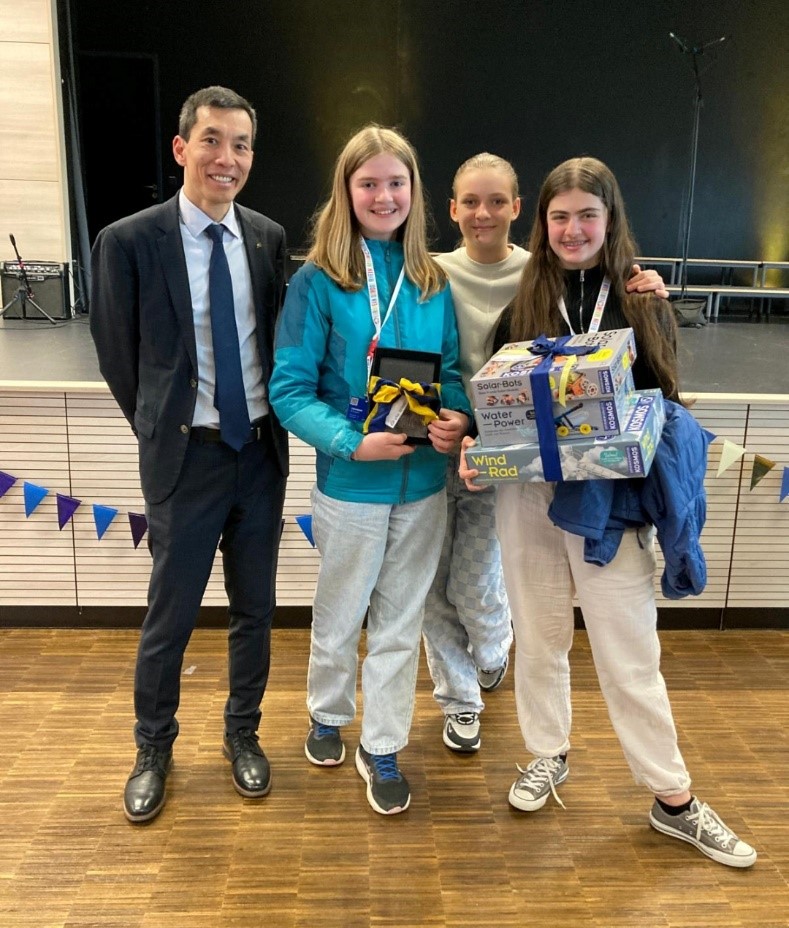
Trip
The trip lasted for 4 days. We spent our first day in the RheinMain European school, hanging our posters in a big gym room and seeing others’ posters as well. The next day everyone presented their projects in front of 3 juries. Each project was categorised into special groups, for example: if your project was a bacteria related experiment, you landed in the Medicine and Biology group, and the juries were people who specialise in that field. After all projects were presented, all the juries from all the groups came together and discussed (sometimes even fought!) what projects will go to the finals. They announced the results in the evening the same day, and 10 finalist projects had to be presented in front of all the other students and juries from all fields the next day. After that, 3 of the finalists won prizes. There were also prizes for winners of the poster contest, which was voted by the students for the best posters, as well as prizes for creativity and sustainability of the projects. Here is a picture of one of our groups winning the award for sustainability:
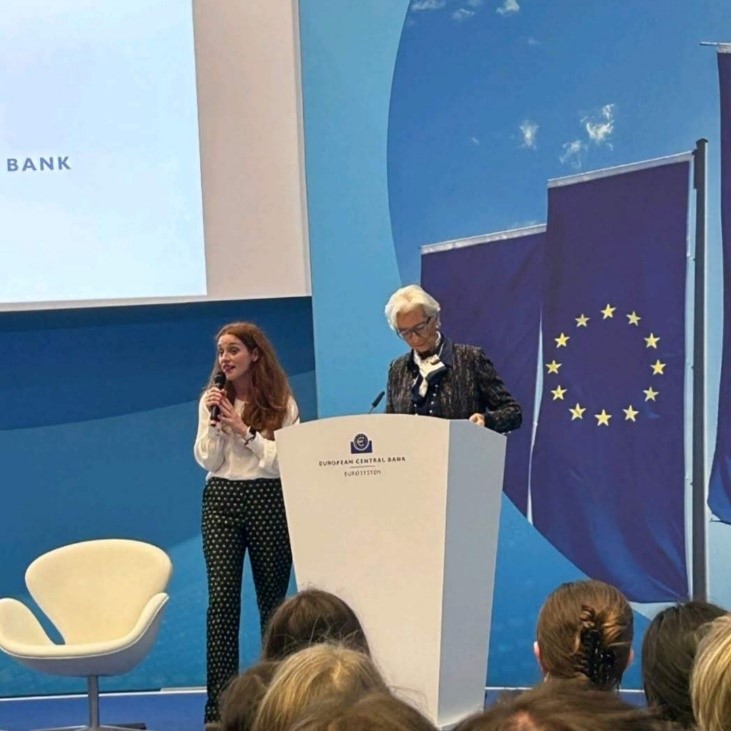
We also went on a boat tour, visited Frankfurt and the European Central Bank, where we met Christine Lagarde, the president of ECB.
Experience like no other
Competing in such an event is truly an amazing experience! We could learn from many interesting projects with great potential and meet likeminded people. It’s an amazing opportunity to share your ideas and show your work. Work that passionates you. Work that you think can bring a change and have a positive impact. Work that, thanks to ESSS, can become something more than just a project, but something that can be used in our lives. All you need is an idea, perseverance and passion.
If you are interested in participating, I would absolutely recommend you go for it. Next year, the ESSS is happening in our school!
Maria Pirveli / S4PLA / EEB1 Uccle
